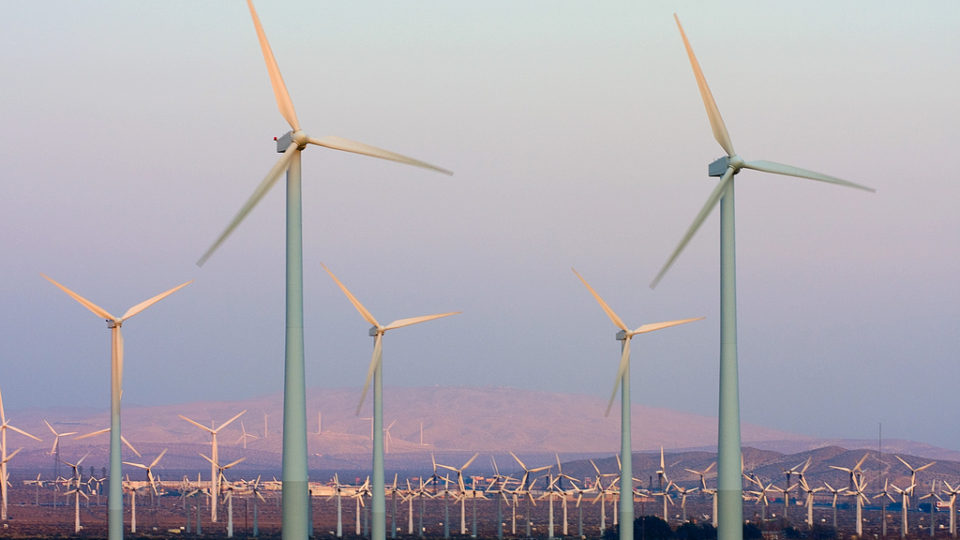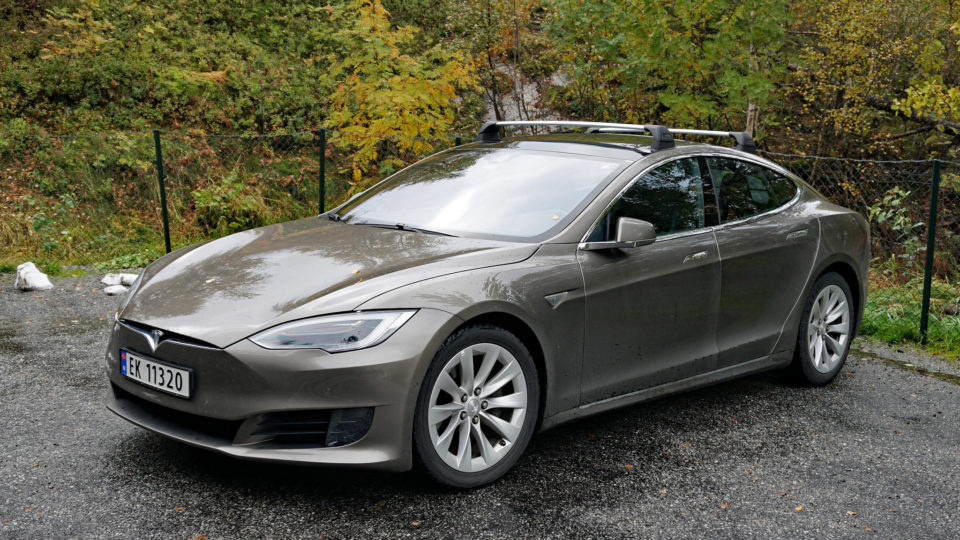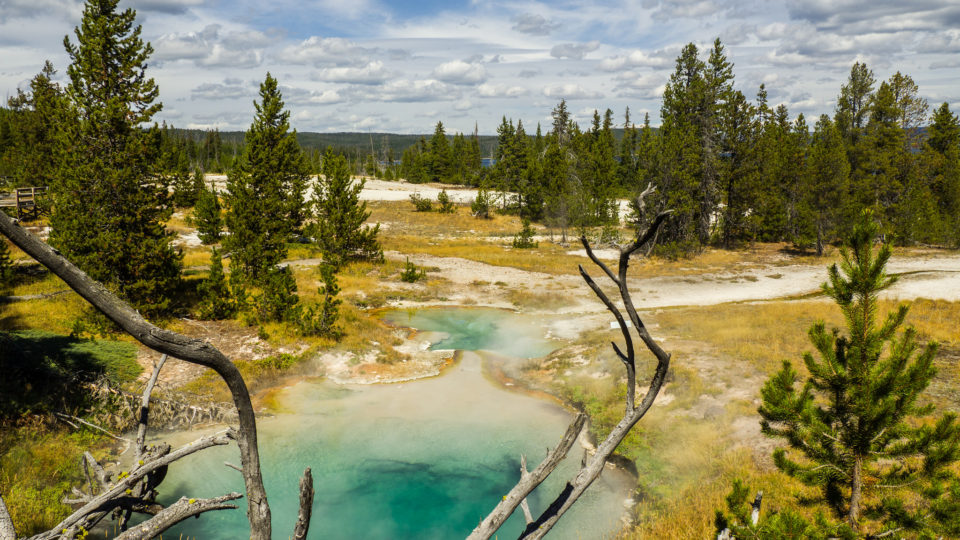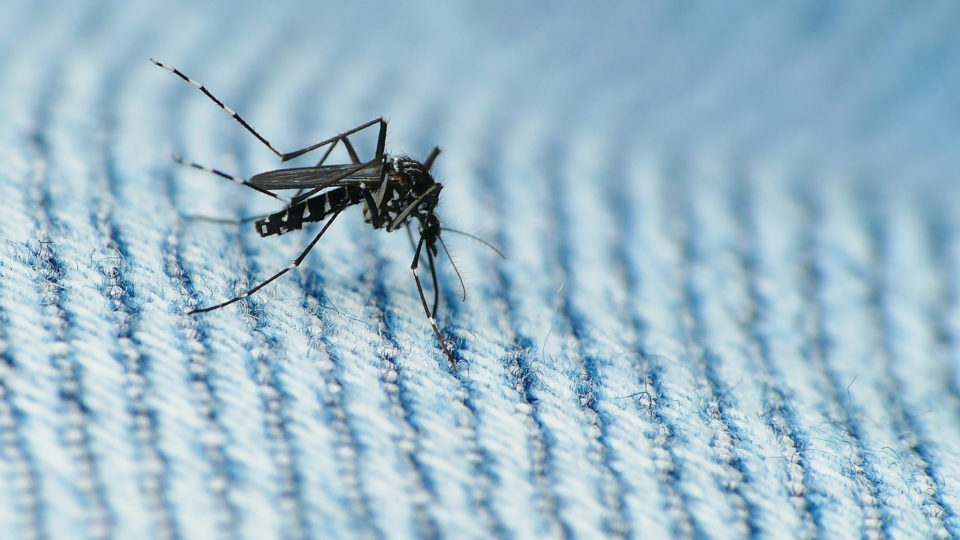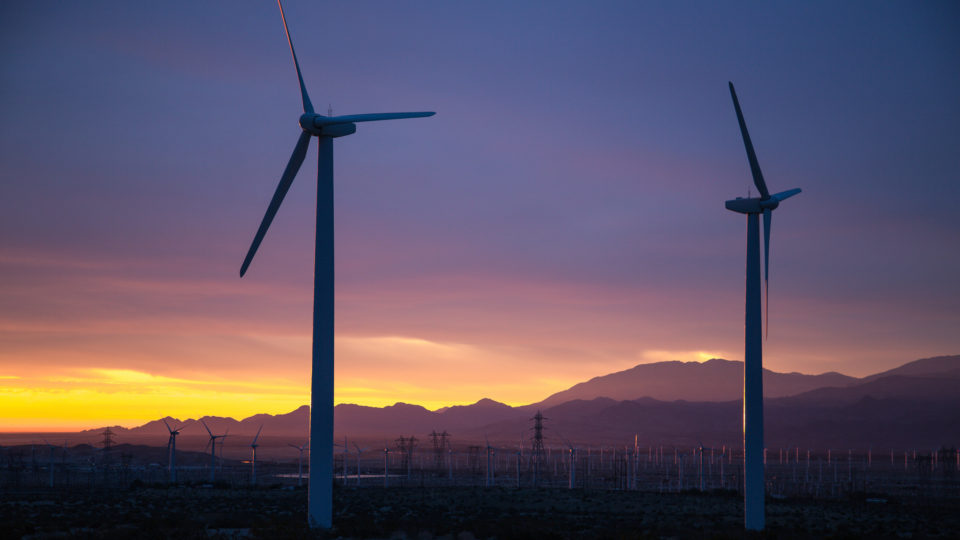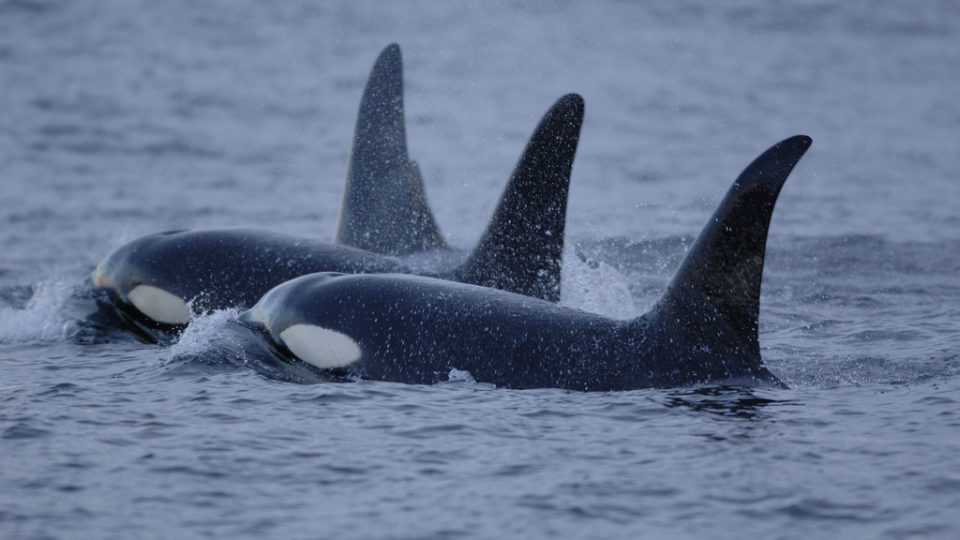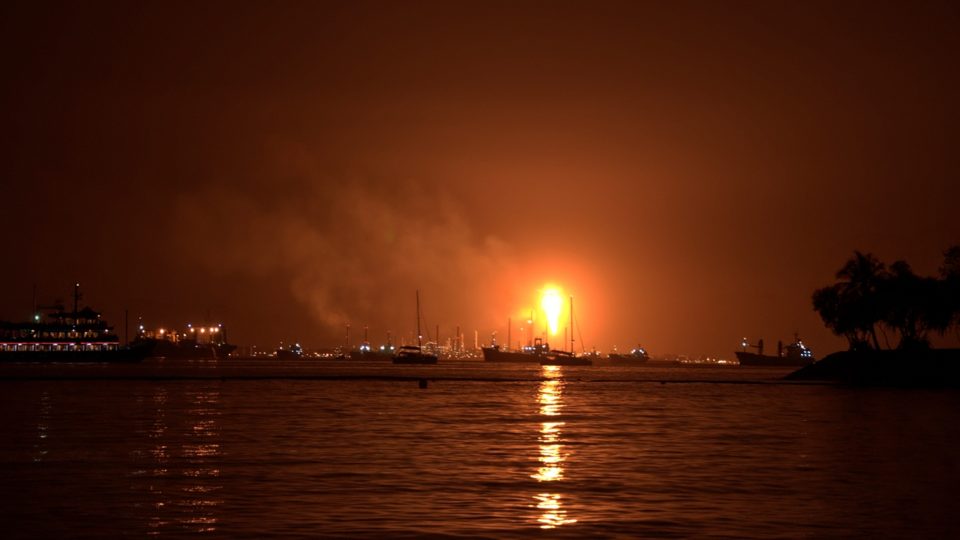Today is Earth Day. On April 22, 1970, millions of Americas took to the streets in peaceful demonstrations in favor of environmental reform. Since that first time, Earth Day has now become a global event each year. Estimates are that as many as a billion people in 192 countries take part in Earth Day events.
This year, the theme for Earth Day is “Protect our Species.” The focus is on the fact that the world is facing the greatest rate of extinction since the demise of the dinosaurs more than 60 million years ago.
But unlike the extinctions from that time that were linked to so-called acts of god like asteroid collisions, the rapid extinction of species in our world today is mostly the result of human activity.
The global destruction and rapid reduction of plant and wildlife populations are directly linked to climate change, deforestation, habitat loss, trafficking and poaching, unsustainable agriculture, pollution, and pesticides.
In order to stem the tide of destruction, the Earth Day Network is asking people to help raise awareness about the accelerating rate of extinction of millions of species and the causes and consequences of this phenomenon. We need to push for the creation of policies that protect broad groups of species as well as individual species and their habitats. There needs to be a global movement that embraces nature and its values. And we need to eat less meat and curtail the use of pesticides and herbicides.
We share the planet with many species, and we need them to be here in order to sustain our own species. Something to remember on Earth Day 2019.
**********
Web Links
Photo, posted January 24, 2012, courtesy of Jonas Bengtsson via Flickr.
Earth Wise is a production of WAMC Northeast Public Radio.


